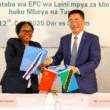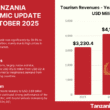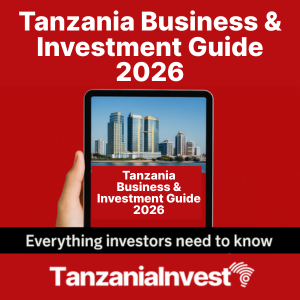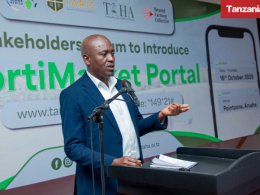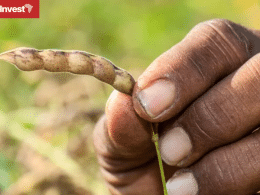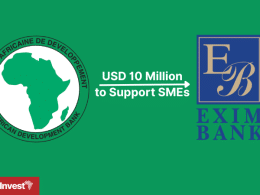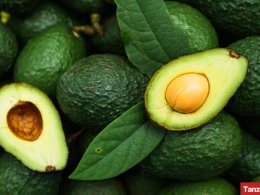The African Seed Access Index (TASAI) has just released the final version of its Tanzania Country Report 2021 in which it highlights that sunflower has an enormous potential in Tanzania, as it grows well in all regions, even in areas with low rainfall.
TASAI monitors indicators that are essential to seed sector development at national level with the ultimate aim to publish an annual scorecard that captures the vibrancy and competitiveness of the formal seed sector in the African countries where TASAI is active.
TASAI has also recently launched an interactive Dashboard where all the data and reports can be accessed, and which allows users to conduct their own analysis by variable, country, or year. https://dashboard.tasai.org/#/en/dashboard/country-overview/.
The TASAI Tanzania Country Report 2021
Like most other African countries, TASAI explains, Tanzania’s seed industry consists of three systems: the informal, Quality Declared Seed (QDS), and formal sectors. The report summarizes the key findings of the study conducted by TASAI in 2021 to appraise the structure and economic performance of Tanzania’s formal seed sector.
TASAI studies focus on the four grain and legume crops important to a country’s food and nutritional security (the “four focus crops”).
In Tanzania, these crops are maize, rice, bean, and sunflower, and account for 58% of all land harvested under cereals, pulses, and oil crops. The crops are also important as cash crops.
The report stresses that in recent years, sunflower has gained prominence as an industrial crop that offers a reliable source of raw material for edible oil processing factories.
In the 2021 study, rice and sunflower replaced pigeon pea and soya bean, two of the four focus crops for TASAI’s 2017 study of Tanzania.
These two crops were considered high potential crops at the time. However, during the inception workshop for the TASAI 2021 Tanzania study, participants from both the public and private sector recommended that rice and sunflower should be among the focus crops.
The new crop selection is also justified by the area harvested these crops. According to FAOSTAT, the total area harvested for pigeon pea and soya bean was 107,000 ha in 2019. In contrast, the total area harvested for rice and sunflower in the same year was 2,053,000 ha.
Tanzania New Sunflower Seeds
In addition to higher yields, new seeds varieties often carry desired traits such as climate smartness, disease/pest resistance, and nutrition enhancements.
The average number of releases for sunflower seeds has been consistently low in Tanzania since 2000, with on average less than two varieties released per year.
However, there was a slight increase in the number of varieties with eight new ones released between 2018 and 2020.
All eight sunflower varieties have a high oil content, responding to the demand for this feature by edible oil processing companies.
Tanzania Sunflower Production
Tanzania is the 16th largest sunflower-producing country in the world and is, after South Africa, the most important producer of sunflower in Africa.
Accounting for 35% of all oilseed production in Tanzania, sunflower is the largest oilseed crop in Tanzania.
Sunflower has an enormous potential in Tanzania, as it grows well in all regions, even in areas with low rainfall.
Due to its potential, sunflower has attracted a number of investors from the edible oil processing industry with currently over 21 medium to large-scale sunflower oil-processing factories in Tanzania.

